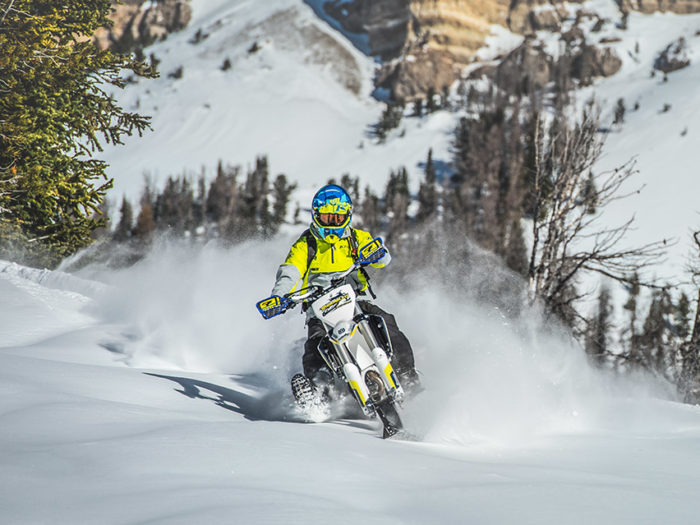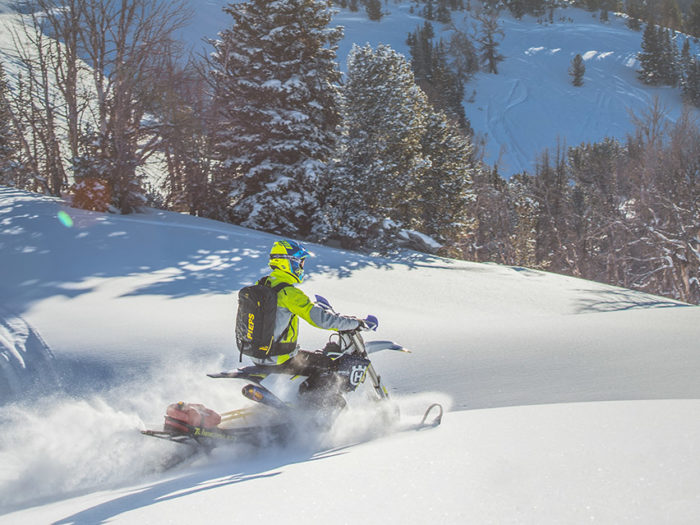Here in the Pacific Northwest, we just had a few days of very springlike weather. The fruit trees started blooming, daffodils poked their heads up and friends and coworkers started gushing about how they could wear t-shirts. And today? Snow. Yeah. The weather does strange things.
We didn’t get a lot of snow, but the temperatures are expected to plummet tonight and possibly coincide with wet roads, leading to black ice. If you’re ever stuck somewhere, like in a broken down car or on a hiking trail, when weather you’re not expecting comes down on you, here are some tips for how to avoid a cold-weather casualty.
Be Prepared
The first tip, and the most important one, is to never underestimate the weather. Don’t go out in just a t-shirt. Pack some extra garb and a blanket in your car. Carry a windbreaker pr jacket with you, no matter how warm you believe it will be.
Gear Up Your Car
My car’s trunk has a military wool blanket in it, a tarp, a folding shovel, a jug of water, and my survival bag. Inside that bag is the following (among others):
- whistle
- poncho
- food
- fire starting material
- knife
- socks
- hand warmer packets
These are all basic gear that will keep you alive in a snowstorm. Hand warmer packers are .99c or less, so stock up on those and keep them in all of your bags, just so you always have some.
If you live in a snowy place, keep these items on hand:
- sunglasses (to provide visibility without being snowblinded) – I learned that this is a real thing when I took a trip to Alaska one February a few years ago and did’t take my sunglasses. I didn’t think I’d need them! But I regretted not having them as we drove many miles along highways covered with snow.
- chapstick – if you’re dehydrated, this will help you avoid dry, cracking lips
- hat, gloves, scarf, extra pair of wool socks- just keep some backups in your car or bag
- sunscreen – not what you think of in the snow, but it’s similar to snowblindness in that you actually can get sunburn from too much reflecting UV rays on bright white snow.
Avoid These
Cotton kills! Cotton is not a good choice for clothing of any layer during the winter months. It absorbs moisture and holds on to it, so you can’t dry out or warm up. It also does not hold in heat well, particularly when it is wet. don’t wear flannel, jeans or your Carhartt pants or jackets in the snow.
Avoid exposing your skin. Keep your heat in by covering up your head, hands and feet. Frostbite can happen more quickly than you think when your skin is exposed.



